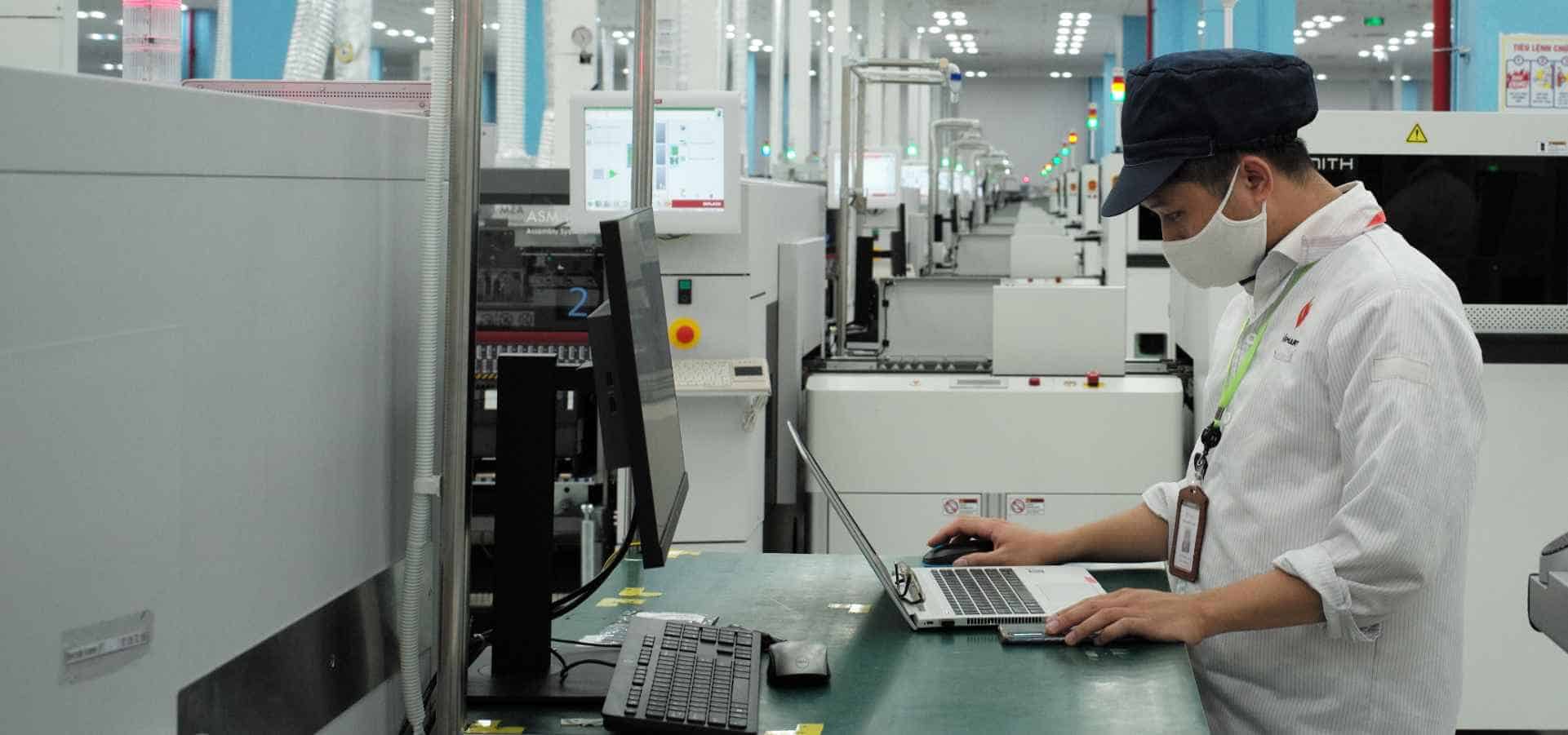Consumer electronics have become an integral part of our daily lives, encompassing everything from smartphones and laptops to smart home devices and wearable technology. The performance, reliability, and functionality of these devices are heavily reliant on the quality of their Printed Circuit Board assembly. Explores the impact of PCB assembly on consumer electronics, highlighting key factors that contribute to the development of innovative and high-performance products.
Ensuring Reliability and Durability
Reliability is a critical factor in consumer electronics, as users expect their devices to function flawlessly over extended periods. High-quality PCB assembly ensures that electronic components are securely placed and soldered, minimizing the risk of connection failures and malfunctions. Rigorous quality control measures, such as Automated Optical Inspection (AOI) and in-circuit testing (ICT), verify the integrity and performance of the assembled PCBs. This attention to detail ensures that consumer electronics meet the highest standards of reliability and durability.

Enhancing Miniaturization and Portability
The demand for smaller, lighter, and more portable consumer electronics has driven advancements in PCB assembly techniques. Surface Mount Technology (SMT) and High-Density Interconnect (HDI) PCBs enable the placement of miniature components, allowing for the development of compact and lightweight devices. These techniques have revolutionized the design of smartphones, tablets, and wearable devices, making them more convenient and user-friendly. Advanced miniaturization also enables the integration of additional features and functionalities into a single device, enhancing its overall utility.
Supporting Advanced Functionality
Modern consumer electronics are equipped with advanced functionalities, such as wireless communication, touchscreens, and sensors. PCB assembly plays a crucial role in integrating these features into the device. For example, the assembly process ensures the accurate placement and connection of wireless communication modules (Wi-Fi, Bluetooth, NFC), enabling seamless connectivity. Similarly, the integration of sensors and touchscreens is facilitated by precise assembly techniques, ensuring responsive and accurate performance. This capability to support advanced functionality is essential for meeting consumer expectations and staying competitive in the market.
Improving Thermal Management
Thermal management is a significant consideration in the design and assembly of consumer electronics. High-performance devices, such as gaming consoles and laptops, generate considerable heat, which can impact their performance and longevity. PCB assembly incorporates advanced thermal management solutions, such as heat sinks, thermal vias, and conductive materials, to dissipate heat away from sensitive components. Effective thermal management ensures that consumer electronics operate within safe temperature ranges, preventing overheating and maintaining optimal performance.
Facilitating Rapid Prototyping and Innovation
The consumer electronics industry is characterized by rapid innovation and short product development cycles. PCB assembly services facilitate this pace by supporting rapid prototyping and iterative design. Quick turnaround times for prototype assembly allow designers to test and refine their concepts, accelerating the development process. This iterative approach enables companies to bring new and innovative products to market faster, giving them a competitive edge. The ability to rapidly prototype and iterate is crucial for keeping up with evolving consumer preferences and technological advancements.
Enhancing User Experience
The user experience is a key differentiator in the competitive consumer electronics market. High-quality PCB assembly contributes to a positive user experience by ensuring the reliability, functionality, and aesthetic appeal of electronic devices. For example, precise assembly techniques enable the integration of sleek and responsive touchscreens, providing a seamless and intuitive user interface. Additionally, reliable wireless connectivity and sensor performance enhance the overall functionality and convenience of the device. By prioritizing quality and precision in PCB assembly, manufacturers can deliver superior products that meet and exceed user expectations.
Conclusion
PCB assembly has a profound impact on the development and performance of consumer electronics. By ensuring reliability, enabling miniaturization, supporting advanced functionality, improving thermal management, facilitating rapid prototyping, and enhancing user experience, high-quality PCB assembly is essential for creating innovative and high-performance devices. As the consumer electronics industry continues to evolve, advancements in PCB assembly will play a pivotal role in driving innovation and meeting the demands of a tech-savvy consumer base.